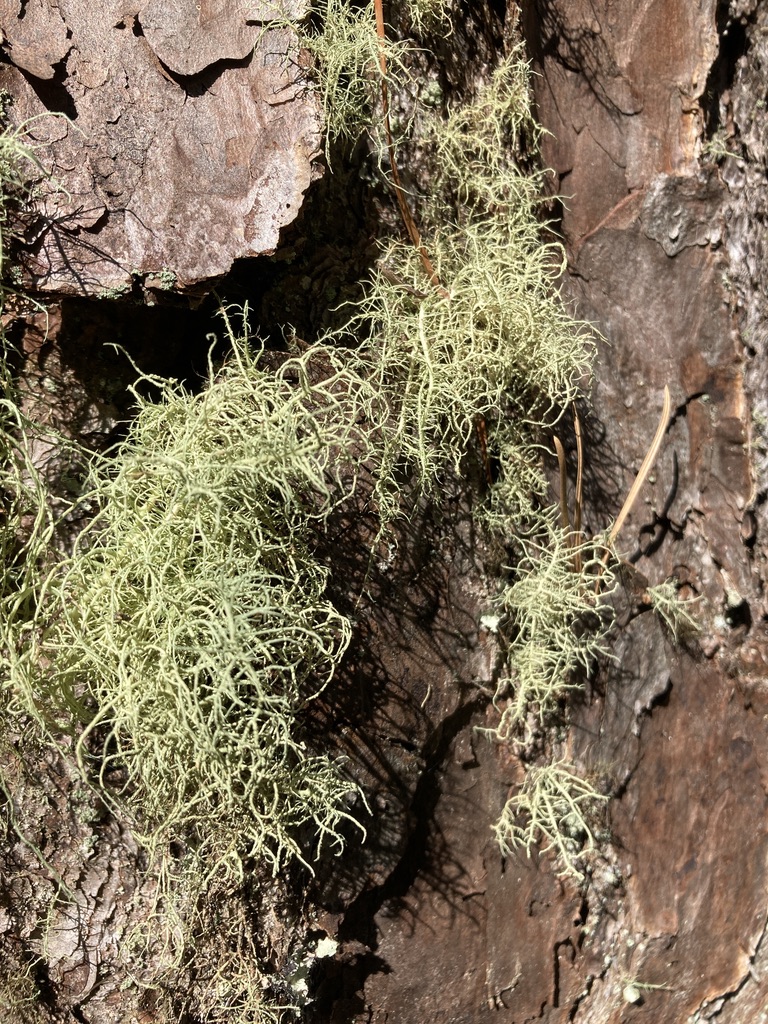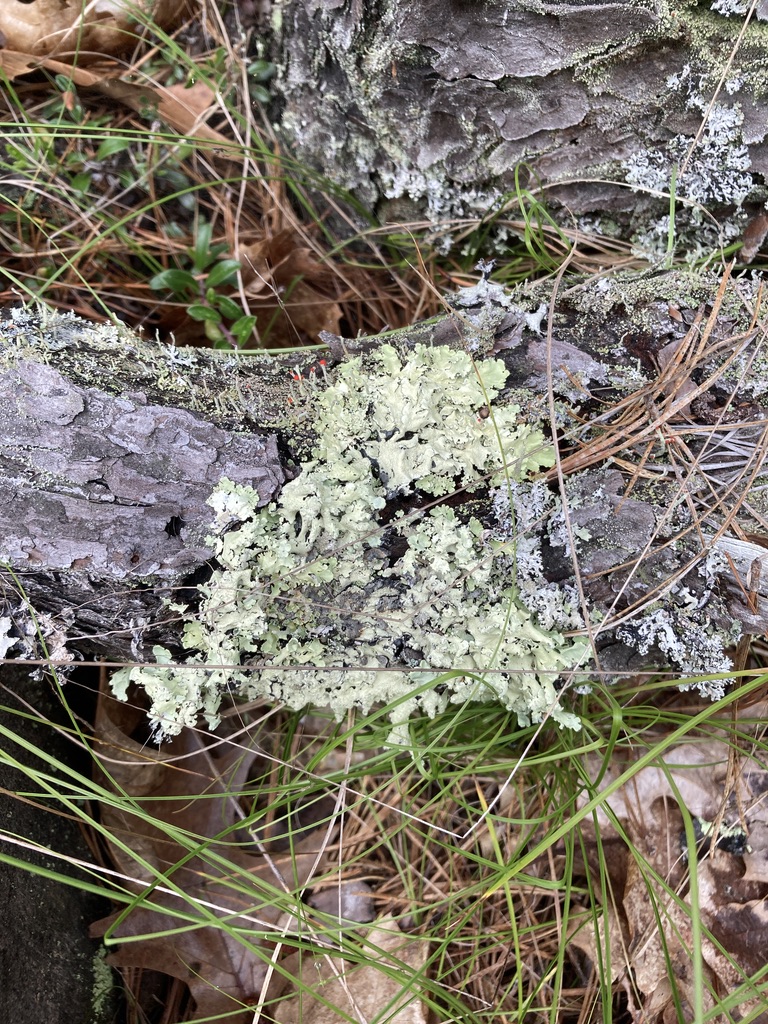The Trust is delighted to introduce you to this year’s AmeriCorps member, Emily Gilot. She is assigned to WCT on Tuesdays, spends two days assisting the Provincetown Conservation Commission, and the rest of the time on projects elsewhere on the Cape. Here is the transcript of the e-interview we conducted with Emily to get to know a little bit about her as she begins her time here.
Being a part of AmeriCorps 25th year seems very special. Any more thoughts on this?
It is special and I did not realize this when I started the AmeriCorps Cape Cod program. However, each service project I have done, each Cape Cod resident I have met in the last 7 weeks, the more I feel how special it is. There are signs all over the Cape of AmeriCorps impacts, from marsh boardwalks still standing, to elementary school gardens that rely on AmeriCorps members to prepare for spring planting. The alumni community on the Cape is fantastic and it has been wonderful getting to meet and serve with many of them the last few weeks. Doing so has instilled in me a sense of pride in the service I am doing here on the Cape, that what I am doing is having an impact and will add to the program’s legacy.
What were some of the best parts of orientation?
During orientation we got a taste of everything we might get to do doing group service projects. It was a mix of in the field, such as learning how to use power tools for trail maintenance, and in the office, with lectures on Cape History, First Aid, and the County’s Sheltering System. My favorite trainings involved being on the water. We went on a marine nature walk with a scientist from the Center for Coastal Studies and received an introduction to shellfish propagation while digging up quahogs with Chatham Shellfish Department.
What are your first impressions of Wellfleet?
I had never been on the Outer Cape prior to this fall and I was a little surprised at the ruralness of the area. That being said, I much prefer it to the hustle & bustle of the more developed parts of the Cape. One of the major benefits I am finding to living in the Wellfleet house is the limited light pollution, which is a testament to the community, the proximity to the National Seashore, and the more rural nature of the area. I also love that I can see the sun rise and set over the water in the same day, going from one side of town to the other.
What assignments will you be doing with the Wellfleet Conservation Trust?
While serving with WCT, I will be assisting with trail maintenance and mapping. I will also be assisting with organizing and updating various documentation for all the properties the Trust owns and/or works with
What WCT properties have you viewed so far?
Denny[O’Connell] and Michael [Fisher] have taken me to a number of WCT properties, including Box Turtle Woods and Herring River Overlook. I love the combination of woods and marsh on many of WCT’s properties and I am excited to explore them more over the coming months. In Wellfleet, I have spent the most time at the town pier and beach. I love looking for different animals and going beach combing. Watching the seals feed in the harbor has been awesome and, while sad at times, I have been really enjoying looking for Mola Mola (Sunfish).
Did you experience Wellfleet Oysterfest?
I had a great time at Oysterfest. To my understanding, it’s oysters that Wellfleet is known for. It was wonderful to see how the community supports the shellfish industry and vice a versa. I volunteered Sunday morning, assisting with the recycling stations, which was a great opportunity to assist the Wellfleet Oyster Alliance with their public outreach. I also ended up staying for the entire shucking contest that afternoon and wow. Great personalities up on stage, the crowd was so into it, and the lobster auction was so wholesome. I did try fried oysters for the first time and the jury is still out on whether I like them.
Tell us a little bit about your background and where you grew up.
I am originally from along the SE’rn Connecticut shoreline and am part of a family of 4, plus three cats I miss dearly.
Are you looking forward to winter on Cape Cod?
Oddly enough, I am. Growing up along the Connecticut shoreline, I am no stranger to a New England winter. My family has always gone on beach walks in the winter time so I expect to do the same here. The ocean keeps us in Connecticut and the Cape a little warmer than the rest of the region and I am looking forward to having the area to myself for a few months. As a degreed weather nerd, I am interested to see how we fair with Nor’easters this winter and am excited to track the systems then watch the waves at the local beaches when they do come through.
Did you have teachers or courses that fostered your interest in science/environment/nature?
My high school was special, from the enthusiastic and compassionate teachers to the e marine-science focus it had. I got to take maritime history and learn about a variety of marine science topics from biology, to fisheries management, aquaculture, safe boating, physical oceanography, just to name a few. I eventually chose atmospheric science (meteorology) to study in college and had some amazing professors in my department. My favorite classes in college were some of the intro classes to my major, where a lot of basic weather questions were answered (why is the sky blue, what causes a thunderstorm, etc.). In terms of more advanced classes, I really enjoyed synoptic meteorology which is the study of large scale features (highs, lows, fronts, etc.) and tropical meteorology (hurricanes and also phenomena like El Niño). Outside of my major, I loved classes I could connect to weather such as ‘Intro to Emergency Management’ and ‘The Role of Hazard Mitigation in Community Planning’.
Who or what have given you inspiration for conservation of the natural world?
My interest in conservation definitely can be traced back to growing up where I did. I was constantly exposed to conservation efforts in the area, from walks at the local nature center to exploring the local aquarium. I also spent a lot of time out on and along the water, visiting my grandfather’s beach cottage year-round. Having developed deep connections with my local landscape throughout my childhood, the desire to assist conservation efforts just feels second nature.
Tell us about an accomplishment that we wouldn’t know about.
Something I am really proud of is earning my 25-Ton Inland Master Captain license this past spring. An instructor at my previous AmeriCorps position taught the classes. I was able to apply my sea time from working with them and from boating with my family to qualify for the license. I know I want to work, if not live, near the coast and I am looking forward to employing this license to achieve that goal. Additionally, I worked for a company that forecasted for and routed private and commercial vessels all around the world for two years after graduation. I want to see, maybe one day by boat, at least some of the places my clients travelled and this license could help me do that
Welcome aboard, Captain Emily!





























You must be logged in to post a comment.